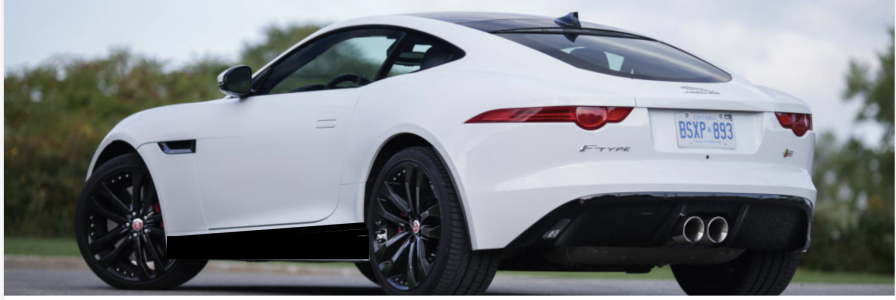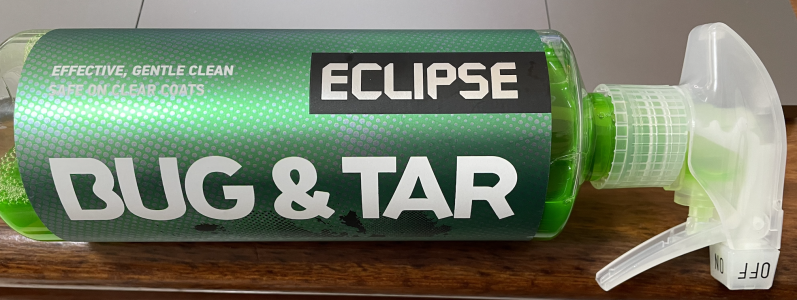RPSN
New member
Tel said:FWIW - Our V8R came with colour coded sills. Our V8S prior has matté black sills. The colour coded type make the car look bloated around the midriff IMO.
First thing was to wrap them in Piano Black along with the front aero splitters, result, 'slimmer' looking car. The black was then overwrapped with xpel healable film which, has been astonishing in the 7 years of driving.
When we met with Ian Callum, he agreed that the black compliments his design compared to the colour coded type. That'll do it for me.
He mentioned that he was rather miffed the he had no control over colour the designers added to his body design.
Do it, worst thing is you don't like it and you pull the film off, but I'm confident once you do, you'll wish you'd done it earlier...No visible brake dust and appear cleaner for ages, especially on a White car.
Looking at the OP’s two pics (attached), IMO his car looks better without the black wrap on the sills, giving the effect of a 'beefy' midriff. Also, as the OP says.....it "spoils the lines and makes the car look higher off the ground."
However, as you say, if he did do it and didn't like it, he could always pull the film off.
Tel said:After washing with water and Fairy or Maid in the USA, use a soft MF cloth soaked in petrol. It is all you need to remove the sticky bitchumen.
mickjaguar said:I wouldn't use petrol on white paint. Needs thorough washing off in case it stains. Had to help my neighbour with that recently, when his car became covered in yellow blotches.
I wouldn’t use neat petrol on any car paintwork to remove tar etc. Although it evaporates, it can leave marks and damage the clear coat.





